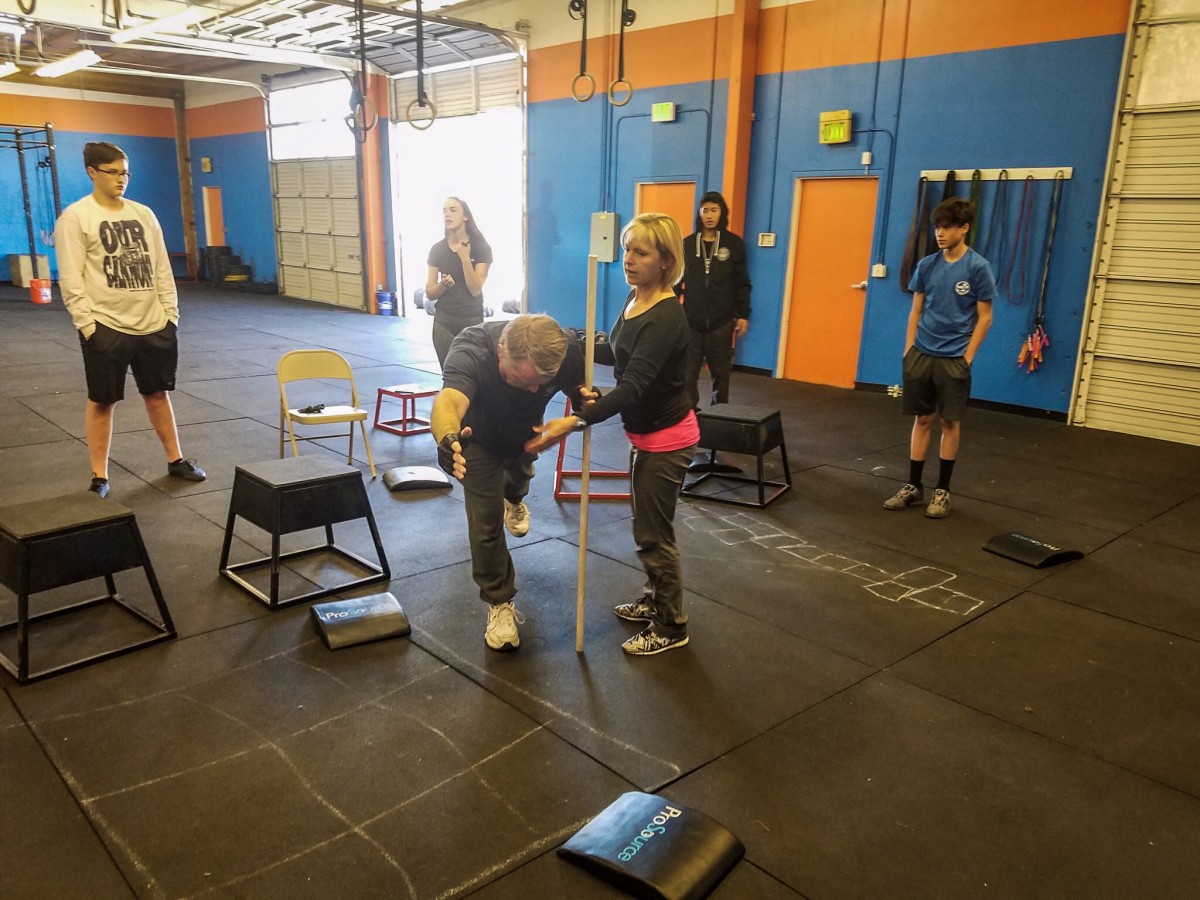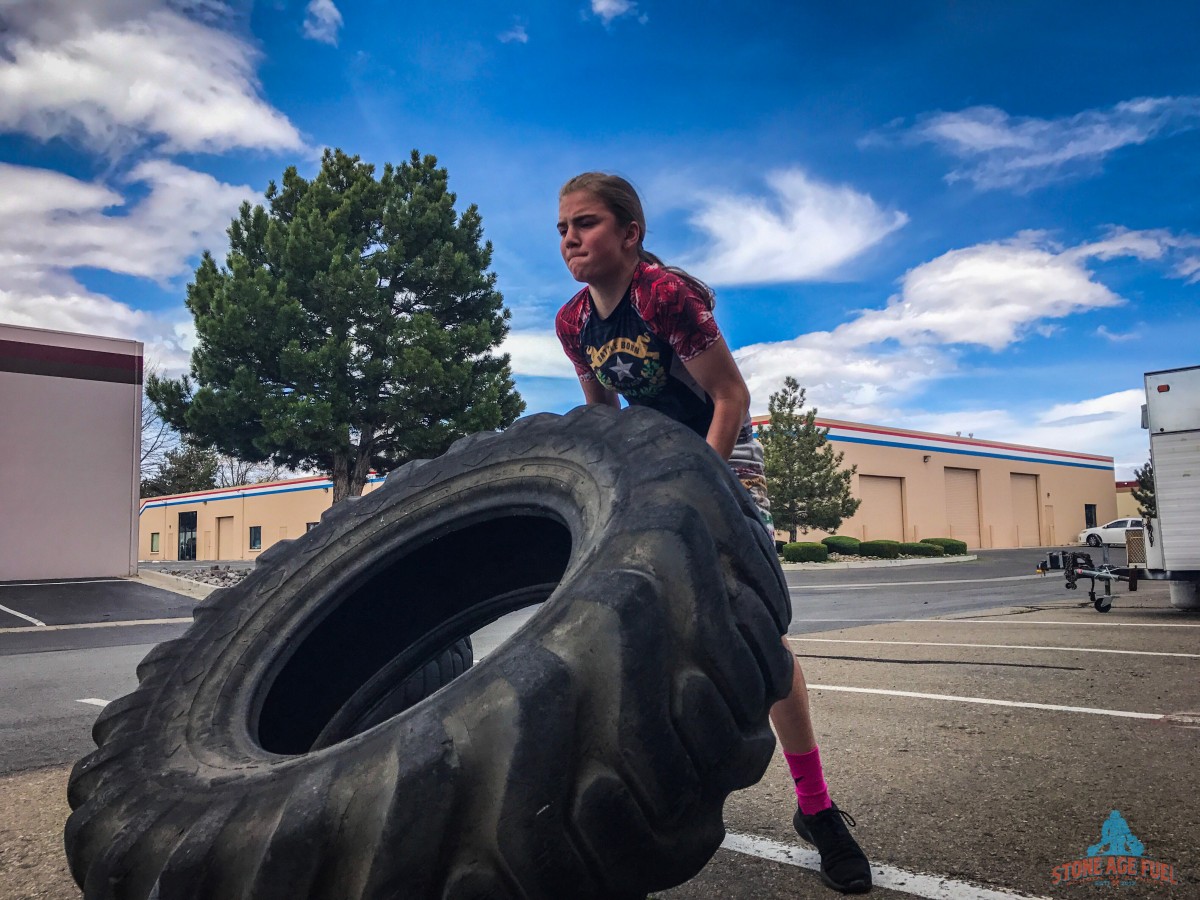Are You Resting Your Nervous System Enough For Optimal Performance?
Have you ever just felt like you couldn’t lift heavy for some reason? You’re confused because you had a good night’s rest the night before, have been eating well, and your body isn’t taken over by DOMS (delayed onset muscle soreness). If you’re not suffering from DOMS, then why is your performance being impaired?
According to Carmen Bott—Kinesiology professor and long-time strength and conditioning coach—you might be suffering from central nervous system (CNS) fatigue.
Interestingly enough, there hasn’t been all that much research done about CNS fatigue in athletes, especially when it comes to power and speed athletes. It has been studied a bit more with endurance athletes.
What is CNS fatigue?
In short, when your central nervous system is tired, impulses that are necessary to contract the muscle are handicapped, explained Charlie Francis in his book The Charlie Francis Training System. CNS fatigue can also be defined as the failure to maintain a certain amount of force or power that can’t reasonably be explained by muscle dysfunction. When this happens, it will take more CNS stimulation than normal to produce a certain level of muscle contraction. In other words, you have to work a lot harder for the same result.
Francis is one person who has studied CNS fatigue in relation to high-intensity training. He suggests that training at a high intensity too often can result in CNS fatigue, as can too much high-intensity volume in one training session, as well as introducing intensity too quickly for someone who isn’t ready for it.
This is why we tell you not every day is a test day. Most days we consider practice or training days—meaning you should be working on skills and strength work at a level of intensity that won’t fatigue your nervous system too much. At the same time, these training days are hard enough that they will keep you moving forward and improving your fitness, which you then get to test on the higher-intensity test days.
It’s also why we build a new client slowly through one-on-one personal training before throwing them into the fire of group classes, where it’s tougher to monitor their intensity level amidst 12 other people.
What is considered high intensity?
While everyone’s “high-intensity” will look different, generally speaking, 100 percent effort sprints are certainly considered high-intensity, as is explosive jumping and plyometric training.
When it comes to weightlifting, lifting above 80 percent of your 1 RM is generally considered high-intensity and has the potential to fatigue your CNS.
This isn’t always a bad thing; it just means your CNS might not be recovered for a full 48 hours after a 5 RM back squat or doing 5 sets of 3 front squats at 85 percent of your 1RM.
It also means you need to give yourself time to recover from this. Showing back up at the gym less than 12 hours later the next morning for more heavy lifting might not help your performance too much, and you could even do more damage than good.
And get this: According to Francis, maxing out—i.e. a 1 RM lift—can take you as much as 10 days to recover!
While much research has yet to be done on the topic of CNS fatigue, we recommend being smart about your training by listening to your body, keeping track of your performance numbers, and remembering that rest days are one of the most important things you can do for your health and fitness.







